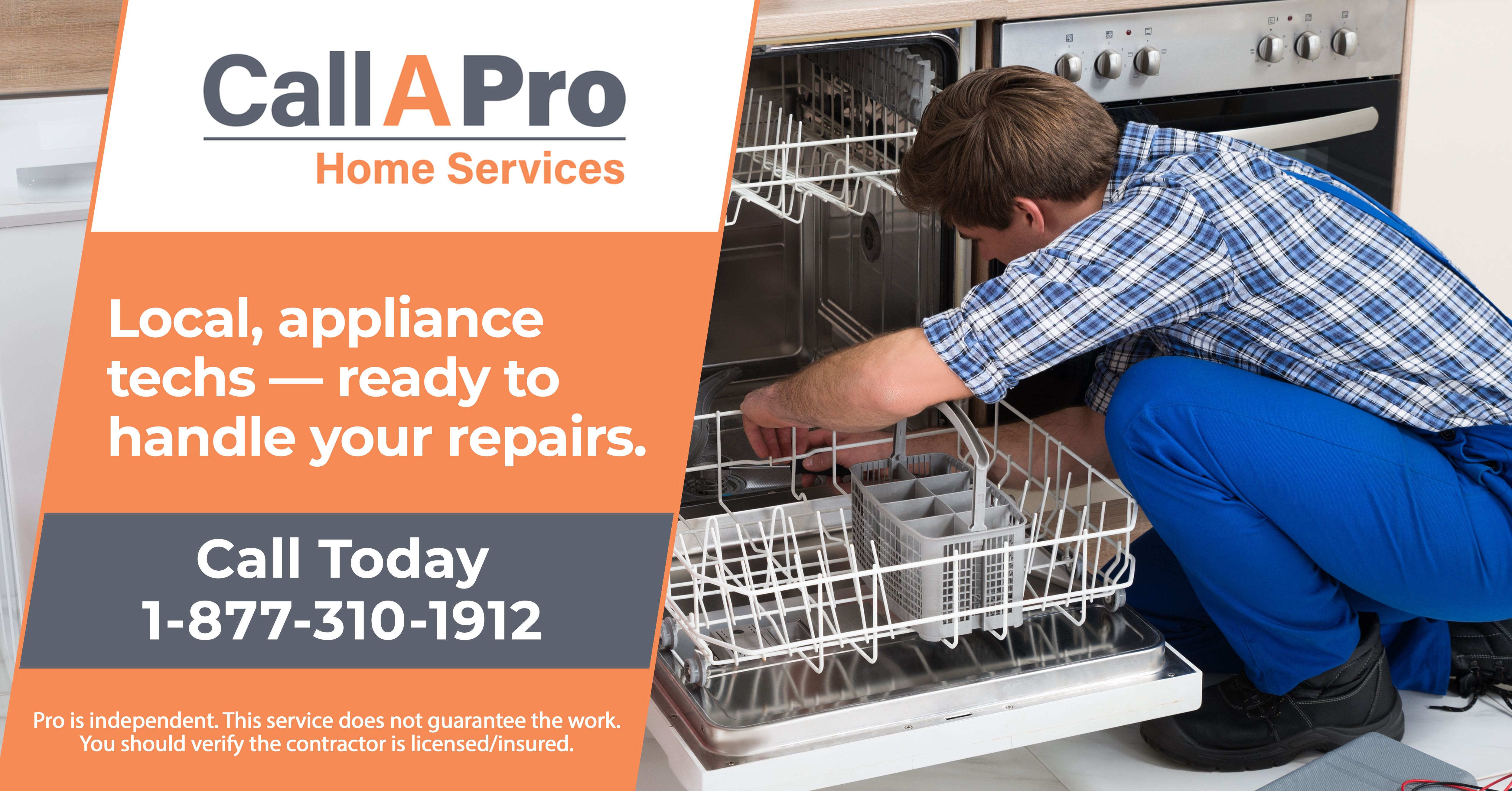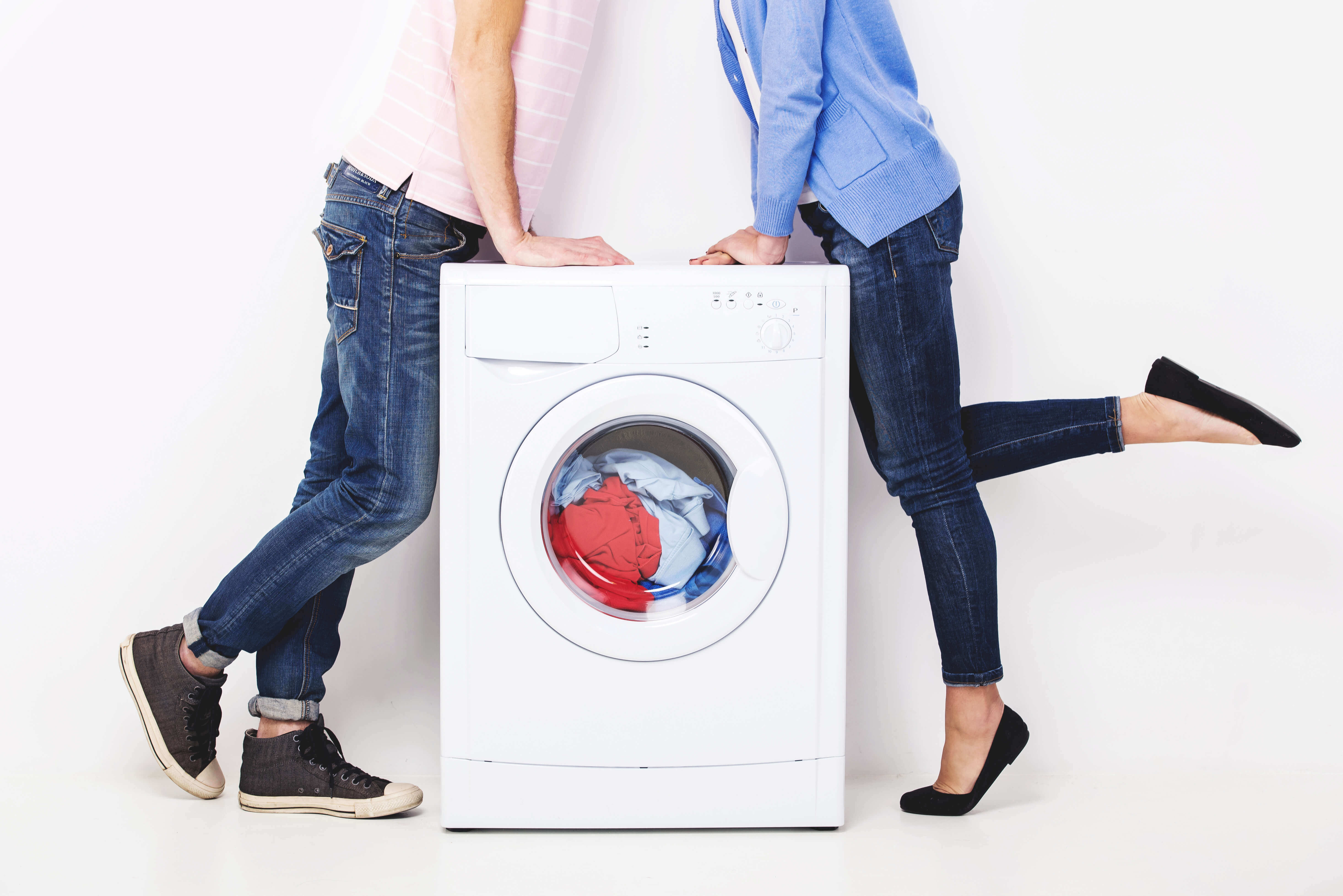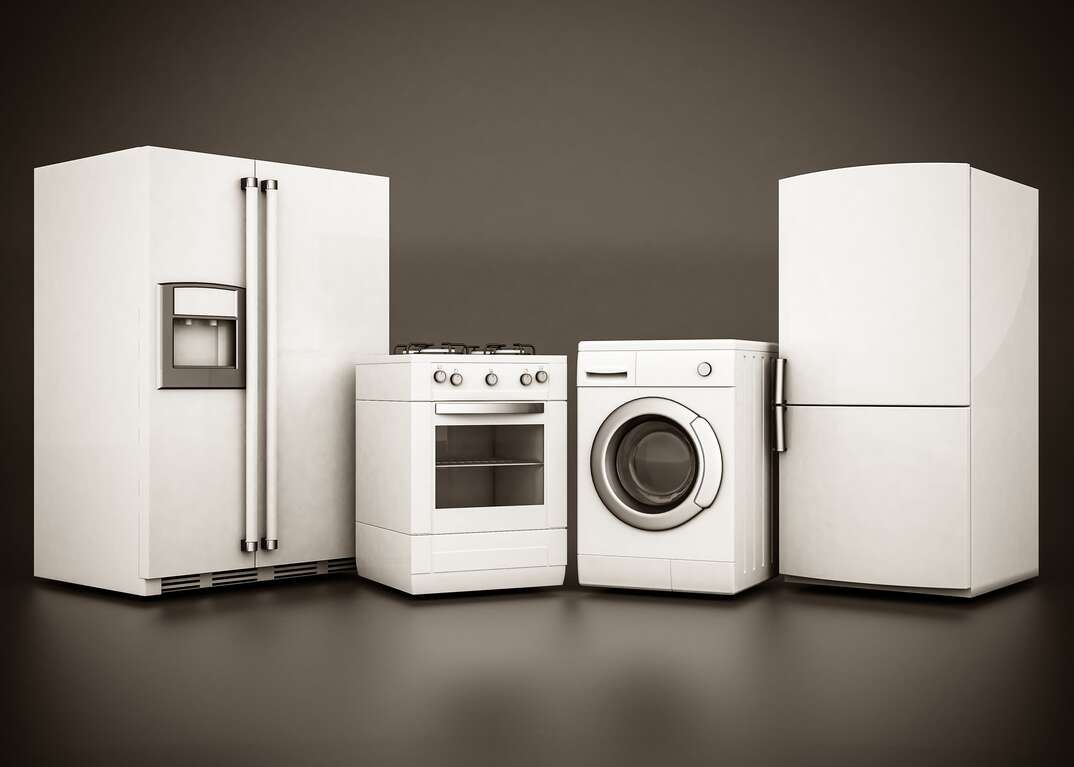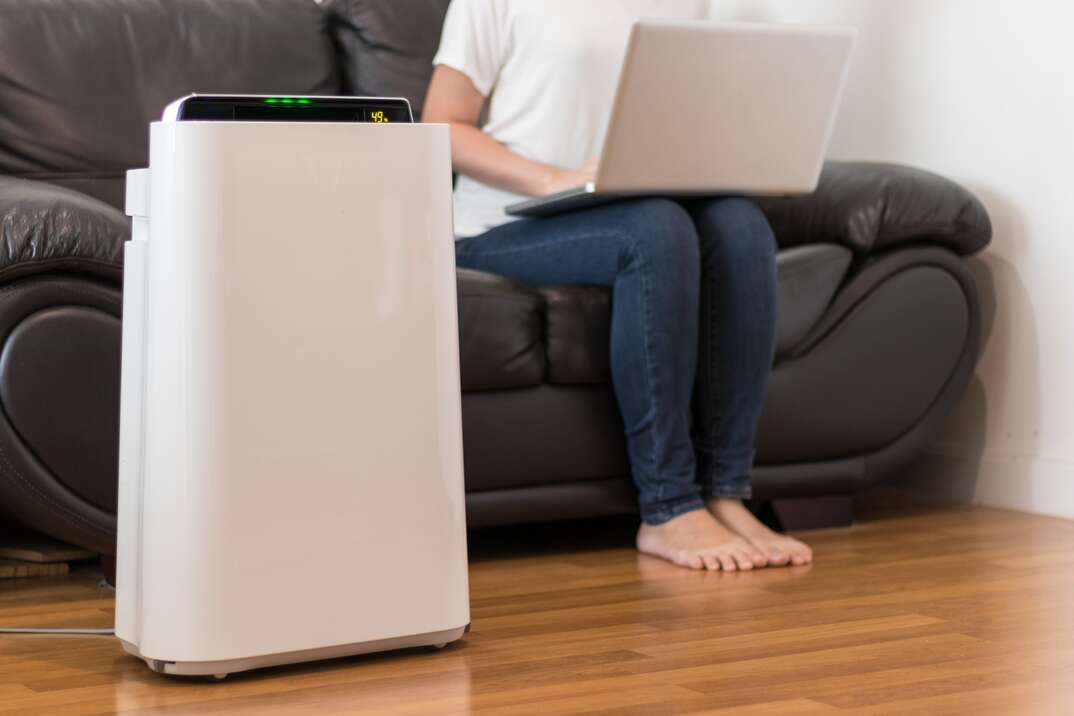Ventless Gas Fireplaces: Pros and Cons You Should Take to 'Hearth' Before Installing One
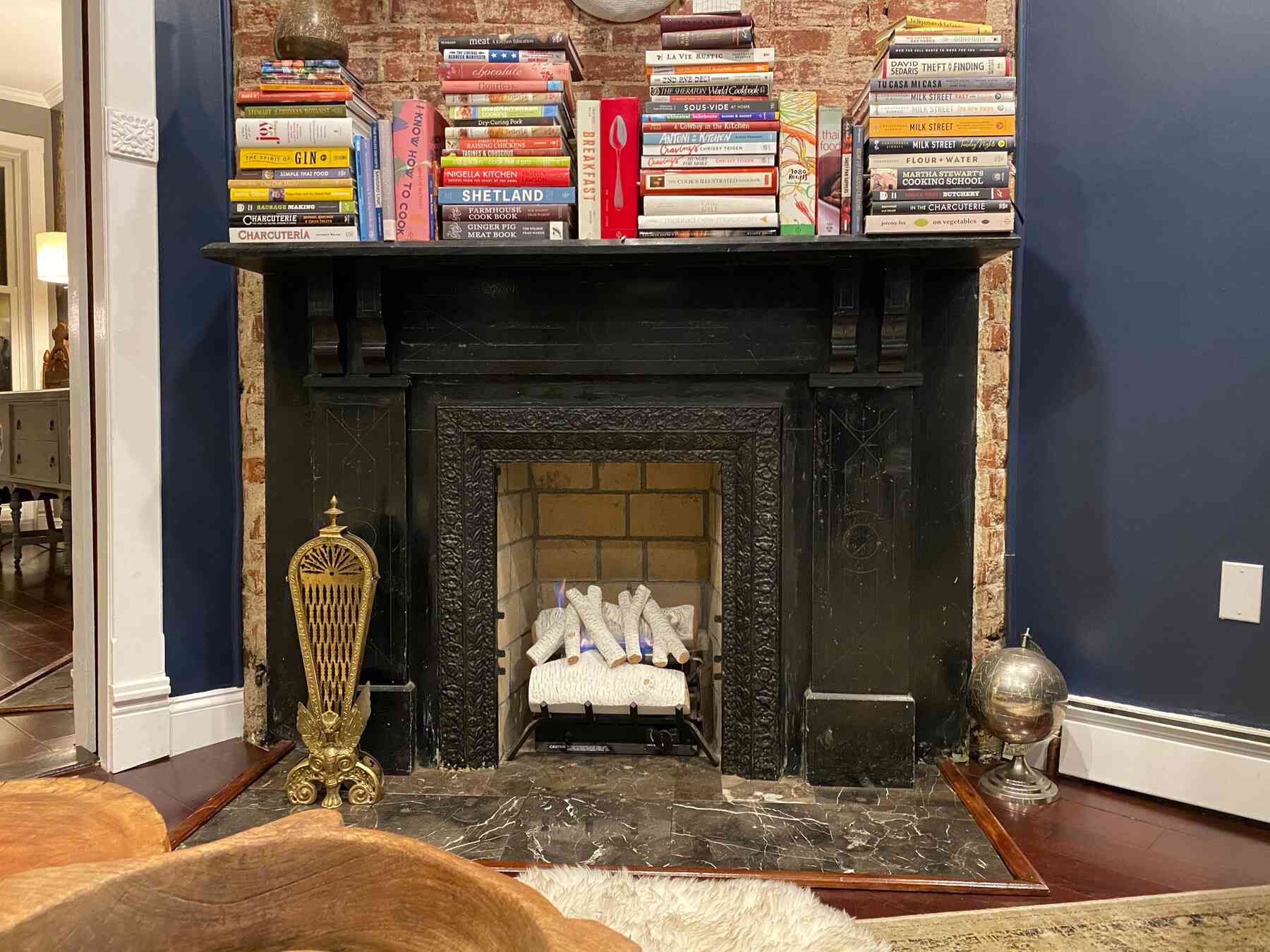
It's the time of year when many places get downright chilly, and there's perhaps nothing cozier during cold weather than curling up in front of a warm fireplace. But not everyone has the luxury of a wood-burning fireplace in their house — and, to be frank, not everyone wants to deal with the work that comes with having one. In fact, fewer homes are being built with a wood-burning fireplace.
This May Also Interest You: Thinking About Installing a Gas Fireplace? Here's What It Will Cost…
But even if your house is currently fireplace-free, that doesn't mean you're relegated to watching the "Fireplace for Your Home: Birchwood Edition" on Netflix. There are plenty of fireplace options out there — and one of them is a ventless fireplace. Read on for the full rundown on ventless fireplaces, as we delve deeper into what they are, how they work, and the pros and cons, and provide you with the information you need to decide if installing one is a good option for your home.
What Is a Ventless Fireplace?
Ventless fireplaces are also known as "unvented" or "vent-free" fireplaces. They're a type of fireplace that pipes natural gas or propane into a gas-burning unit. The flames reach up through gaps in artificial ceramic fiber logs. They're actually designed to burn gas more efficiently than vented versions, so they produce less fumes and don't require a flue or a chimney.
Ventless fireplaces aren't without their issues, however. They're actually banned in some states, so the first thing you should do is verify that they're allowed where you live.
How Does A Ventless Fireplace Work?
Ventless fireplaces are usually connected to a gas or propane line and are usually installed by a professional, such as a plumber. They have specially designed burners that burn the gas cleanly, leaving behind almost no exhaust, similar to how a gas stove in the kitchen works.
There's usually a gas unit with a control panel that controls the pilot light and the flames. The unit uses noncombustible artificial logs with holes in them, fitting together just right for the flames to pass through.
The ventless fireplace works in a U-shaped path. Oxygen is taken in from the room and typically enters through the bottom of the fireplace. The regulator mixes the air with gas to produce the fire. There's usually a vent at the top that releases air back into the room.
Ventless Vs. Vented Gas Fireplaces
Fewer homes are being built with wood-burning fireplaces. Gas fireplaces, meanwhile, are gaining in popularity, such as the traditional natural-gas or propane-fueled vented fireplace. This variant uses two vents that run to the exterior of the house. One vent is the intake vent, which draws fresh air into the fireplace, while the exhaust vent safely removes the fumes from the burning process.
Adding one of these fireplaces to your home could run anywhere from $3,000 to more than $8,000, depending on the quality of the fireplace and the amount of remodeling that needs to be done to install it. A "ventless" fireplace, on the other hand, is much easier and less-expensive to install, costing between $1,000 and $5,000 depending on quality and installation.
The ventless fireplace contains a regulator that produces a fine mixture of gas and air. That's done in a way that allows the gas to burn cleanly, while greatly reducing the fumes associated with conventional gas fireplaces.
Federal regulations require testing of ventless fireplaces to ensure they function the way they're supposed to. They must meet health and safety standards before they're permitted to be sold to the public.
Some models even include a built-in carbon monoxide detector and oxygen-detection sensors to monitor air quality in the room. There isn't an intake for oxygen that runs to the outside like a vented fireplace, so the ventless version takes oxygen from the room to burn.
If sensors detect that the oxygen has fallen to an unhealthy low in the room, the oxygen detector will shut off the fireplace automatically. The same is true for the carbon monoxide detector if it senses too much carbon monoxide in the room.
Are Ventless Fireplaces Safe?
Opinions vary on the safety of ventless fireplaces. They can still emit byproducts created from the burning gas. These gases are pushed into the home with the heat. To ensure safety, it's important that the unit be used as intended by the manufacturer and is properly installed.
It's also recommended that additional carbon monoxide detectors be installed in the home, especially near the fireplace — even if the fireplace is equipped with its own carbon monoxide detector.
If properly installed and operated within the manufacturer's recommendations, ventless fireplaces are usually safe to use.
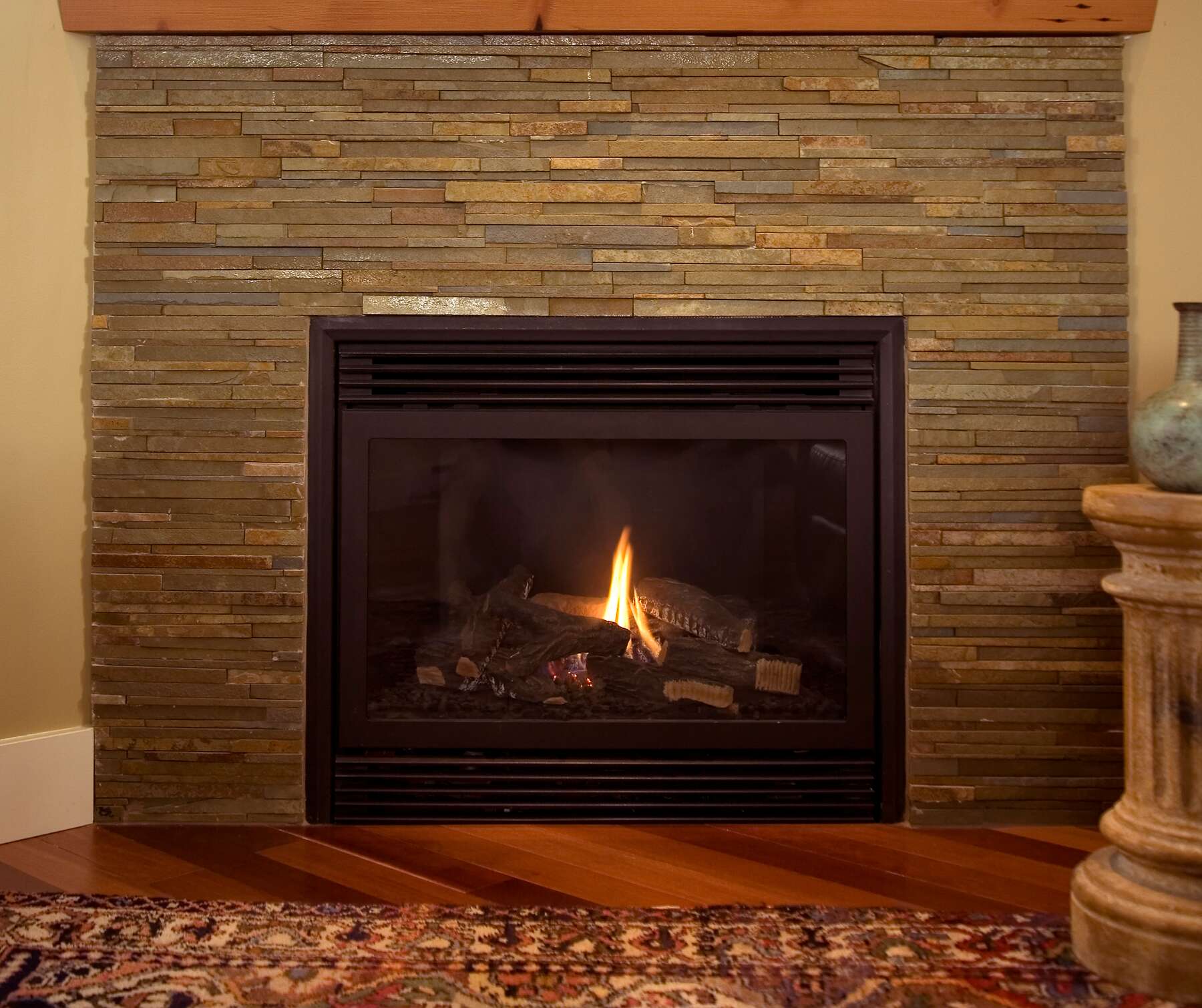
Pros and Cons Of Ventless Fireplaces
Like most any other household appliance, ventless fireplaces have advantages and disadvantages that should be considered before deciding if one is right for your home.
Pros
- They require no flue or chimney, saving wall and floor space and installation costs.
- They produce substantial warmth — more heat per BTU is produced because all of the heat stays inside; this can help heat up a room faster and can be used as a secondary heating source in a small space.
- They're more eco-friendly than a wood-burning fireplace.
Cons
- Odors can be emitted because of the lack of venting outside of house.
- The flames don't look as genuine as those of a wood-burning fireplace, or even those of a vented gas fireplace.
- While they do provide heat, it isn't radiant heat, and the logs don't retain heat well.
Other Disadvantages of Ventless Fireplaces
Even though ventless fireplaces reduce toxic fumes, some fumes are released into the home. That increases the risk of carbon monoxide exposure.
It's recommended to run a ventless fireplace for limited intervals and to have a window open to allow fresh air into the room. That may defeat the purpose of warming a room in cold weather — but safety first!
Ventless fireplaces also produce water vapor as a byproduct of the combustion process, which can lead to higher levels of humidity in the home. That can increase the risk of mold growing inside the home.
Moreover, ventless units can emit a smell similar to kerosene, which some people may be sensitive to. That could lead to both eye irritation and coughing spells.
Since we're all home now more than ever, being prepared for unexpected home repairs with a plan from HomeServe is important. Having a plan in place gives you the peace of mind knowing that you can simply call our 24/7 repair hotline for covered breakdowns. See what plans are available in your neighborhood.
